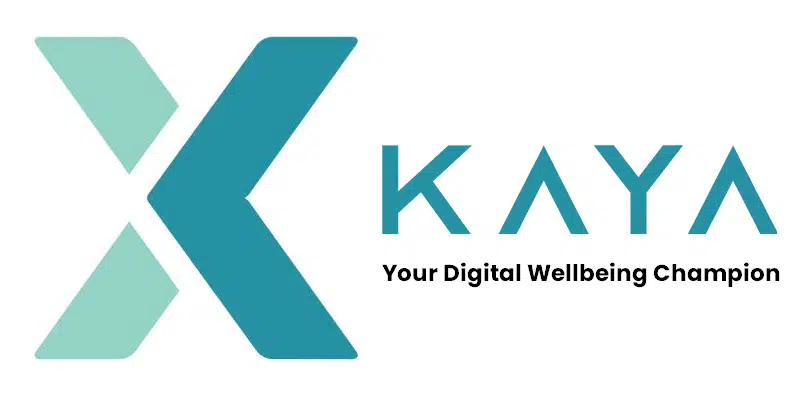

Wellness washing- What is it and is your organisation doing it?
Wellness washing,
also known as “greenwashing” or “health washing,” refers to
the practice of making false or misleading claims about the health benefits of
a product or service in order to appeal to consumers’ growing interest in
wellness and healthy living. In the United Kingdom, wellness washing has become
a growing concern as more and more companies look to capitalize on the trend by
making false or misleading claims about their products or services.
One example of
wellness washing in the UK is the use of the term “natural” on food
and beauty products. Many companies use the term “natural” to
describe their products, even though they contain synthetic ingredients or
chemicals. This can be misleading to consumers who may believe they are
purchasing a product that is healthier or more environmentally friendly than it
actually is.
It is also
important to note that wellness washing is not only limited to physical
products, but also to services and even concepts, such as the use of
“wellness” or “mindfulness” in workplace culture, for
example, without providing the means to achieve or measure them.
In the
workplace, wellness washing refers to companies making false or misleading
claims about the health and wellness benefits of their workplace culture or
practices, without providing the necessary support or resources to actually
make it happen. Some examples of wellness washing in workplace culture include:
·
Offering yoga classes or meditation
sessions, but not providing the necessary time or space for employees to
participate in them.
·
Promoting a “work-life balance”
culture, but not actually offering flexible hours or remote work options
·
Using the term “wellness” or
“mindfulness” in company culture, but not providing any training or
resources to employees on how to practice wellness or mindfulness at work.
·
Encouraging physical activity, but not
providing the necessary equipment or facilities for employees to stay active
during the workday.
·
Promoting the importance of mental
health, but not providing any mental health support or resources for employees.
·
Using the term “Eco-friendly”
or “Sustainable” but not providing any evidence of how the company is
actually reducing its environmental impact.
It’s
important to note that these examples are not necessarily bad in themselves,
and can be beneficial for employees, but it’s important that companies deliver
on the promise of promoting wellness and provide the necessary support and
resources to make it happen.
Wellness washing can have a number of
negative impacts on employees, as it can lead to a lack of trust and
credibility in the company and its leadership. Some of the potential impacts on
employees include:
1.
Frustration and disappointment: Employees may feel frustrated
and disappointed if the company makes promises about wellness and work-life
balance but does not follow through or provide the necessary resources and
support. This can lead to a lack of motivation and engagement among employees.
2. Increased stress and burnout: If a company promotes wellness and
work-life balance but does not provide the necessary resources and support,
employees may feel more stressed and burnt out as they try to balance their
work and personal lives.
3. Decreased trust and credibility: If a company makes false or
misleading claims about its wellness culture, employees may lose trust and
credibility in the company and its leadership. This can lead to a lack of
engagement and commitment among employees.
4. Negative impact on mental and physical health: If a company
promotes the importance of mental and physical health but does not provide the
necessary resources and support, employees may experience negative impacts on
their mental and physical health.
5. Decreased employee retention: If a company does not follow
through on its promises about wellness, employees may begin to look for other
job opportunities where their health and well-being are more prioritized.
We need to understand that wellness washing
is a relatively new concept and companies can get it wrong very easily. Here
are a few suggestions that could raise company awareness.
·
Provide bandwidth: The first step in preventing wellness washing
is to provide employees with relevant bandwidth to consume those wellbeing
initiatives.
·
Think strategically: When investing in a wellbeing initiative or
program think about the roll out, the time commitments, the support required
and the organisation structure that is required to make it happen. Understand
how this is going to help employees wellbeing and how it is going to address
your performance challenges. Have some key metrics that you could track on an
ongoing basis.
·
Understand employee’s needs: People are different and their
wellbeing needs are different. Without gaining an understanding of individual
wellbeing challenges investing in wellbeing programs and initiatives is a
colossal waste of time, effort and money. Companies should be able to obtain
this information anonymously from employees and then build it as part of their
wellbeing investment strategy. A simple solution would be to anonymously
collect information from employees using survey monkey and act on it. If
companies are working with a mental health first aider or wellbeing champion,
they can seek their help to collect information. Alternately, companies can use
a platform like KAYA which allows them to not only collect the information but
also helps them track the effectiveness of those initiatives over a period of
time.
To conclude, it’s important for companies to be
transparent and honest about their wellness culture and provide the necessary
resources and support to ensure employees have access to the tools and
resources they need to maintain their well-being. By doing so, companies can
foster a culture of trust and engagement among employees, and promote the
well-being of their workforce.
| Cookie | Duration | Description |
|---|---|---|
| cookielawinfo-checkbox-analytics | 11 months | Kaya - Demonstrating the impact of your people investments using data and insights Kaya measures cost of people and poor wellbeing, shows its impact on performance, generates actionable plans to address these challenges This cookie is set by GDPR Cookie Consent plugin. The cookie is used to store the user consent for the cookies in the category "Analytics". |
| cookielawinfo-checkbox-functional | 11 months | Kaya - Demonstrating the impact of your people investments using data and insights Kaya measures cost of people and poor wellbeing, shows its impact on performance, generates actionable plans to address these challenges The cookie is set by GDPR cookie consent to record the user consent for the cookies in the category "Functional". |
| cookielawinfo-checkbox-necessary | 11 months | Kaya - Demonstrating the impact of your people investments using data and insights Kaya measures cost of people and poor wellbeing, shows its impact on performance, generates actionable plans to address these challenges This cookie is set by GDPR Cookie Consent plugin. The cookies is used to store the user consent for the cookies in the category "Necessary". |
| cookielawinfo-checkbox-others | 11 months | Kaya - Demonstrating the impact of your people investments using data and insights Kaya measures cost of people and poor wellbeing, shows its impact on performance, generates actionable plans to address these challenges This cookie is set by GDPR Cookie Consent plugin. The cookie is used to store the user consent for the cookies in the category "Other. |
| cookielawinfo-checkbox-performance | 11 months | Kaya - Demonstrating the impact of your people investments using data and insights Kaya measures cost of people and poor wellbeing, shows its impact on performance, generates actionable plans to address these challenges This cookie is set by GDPR Cookie Consent plugin. The cookie is used to store the user consent for the cookies in the category "Performance". |
| viewed_cookie_policy | 11 months | Kaya - Demonstrating the impact of your people investments using data and insights Kaya measures cost of people and poor wellbeing, shows its impact on performance, generates actionable plans to address these challenges |